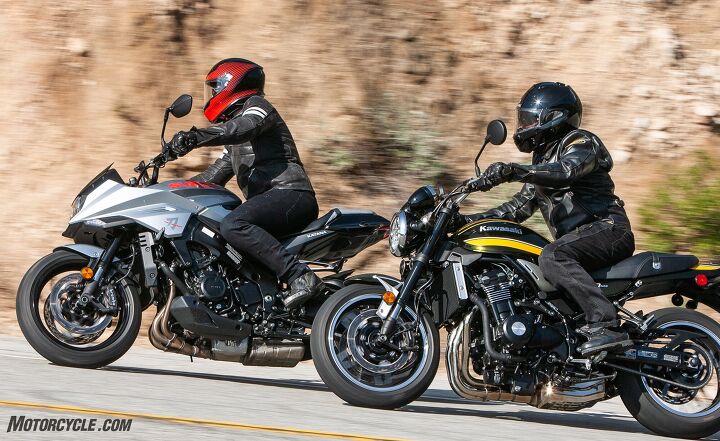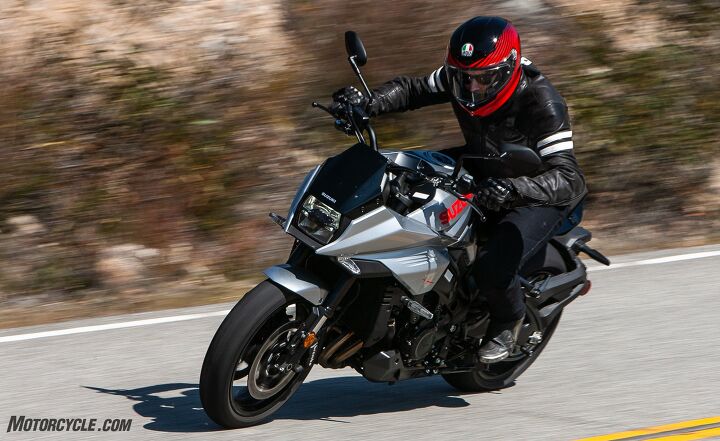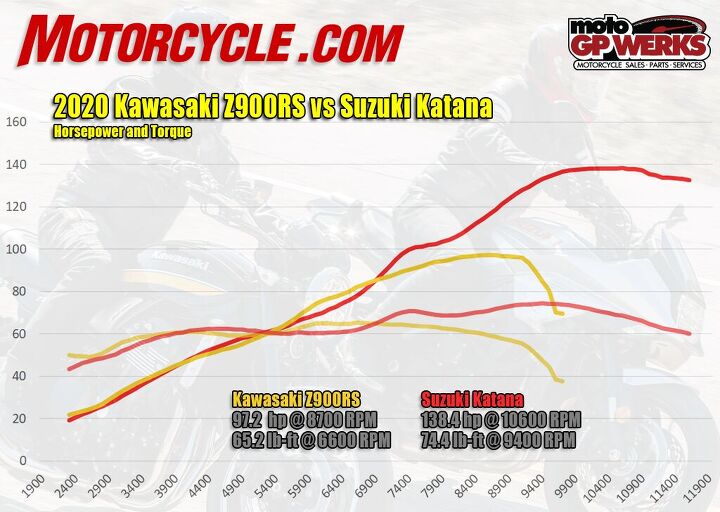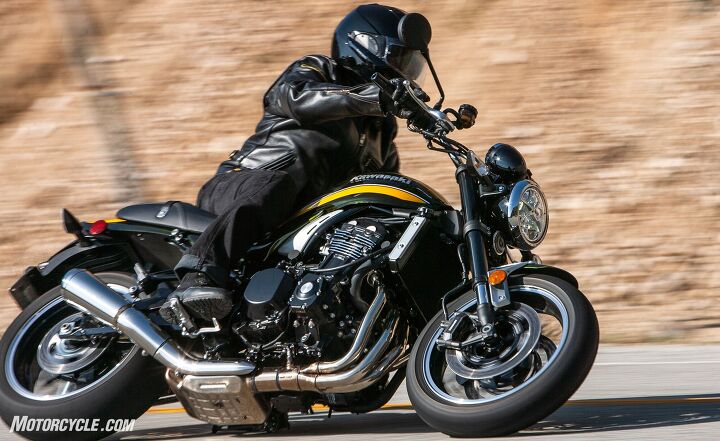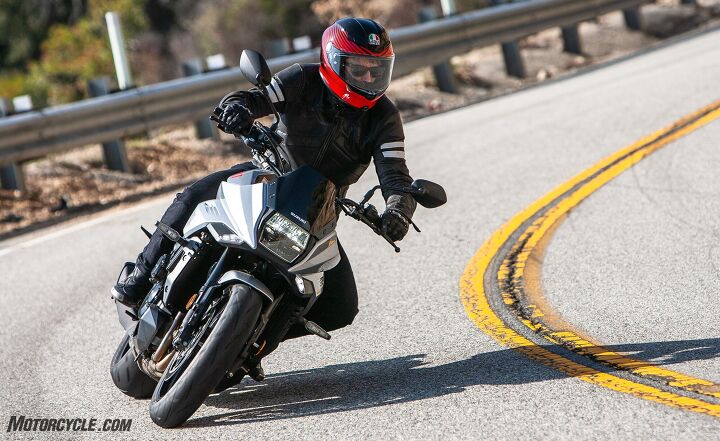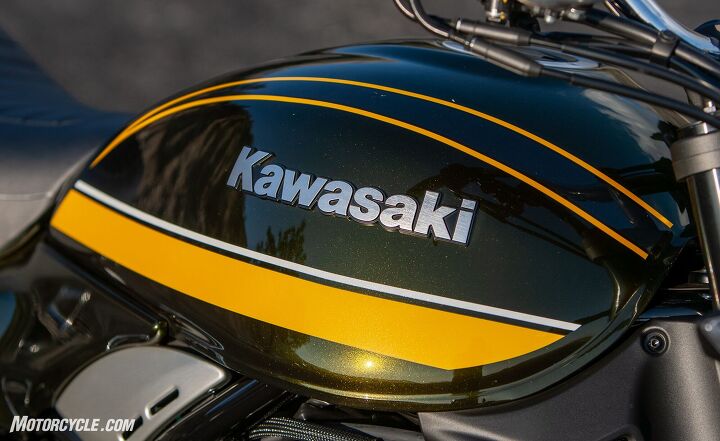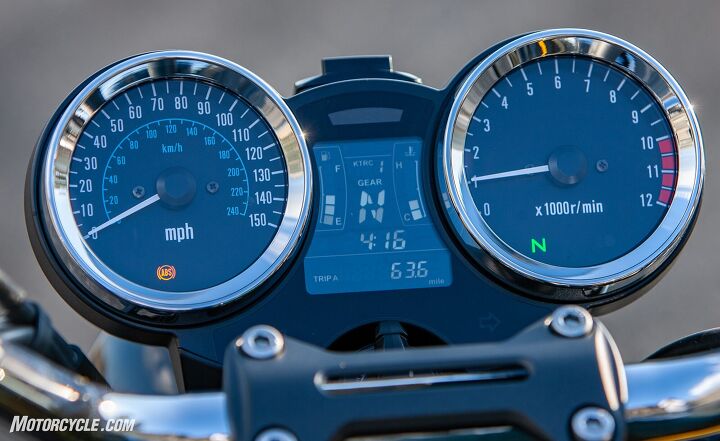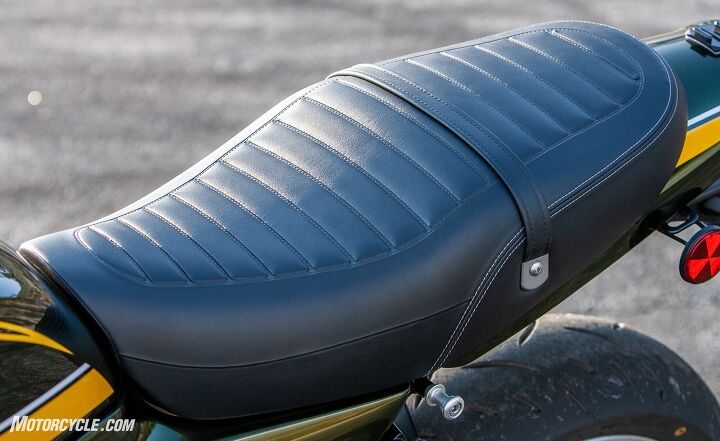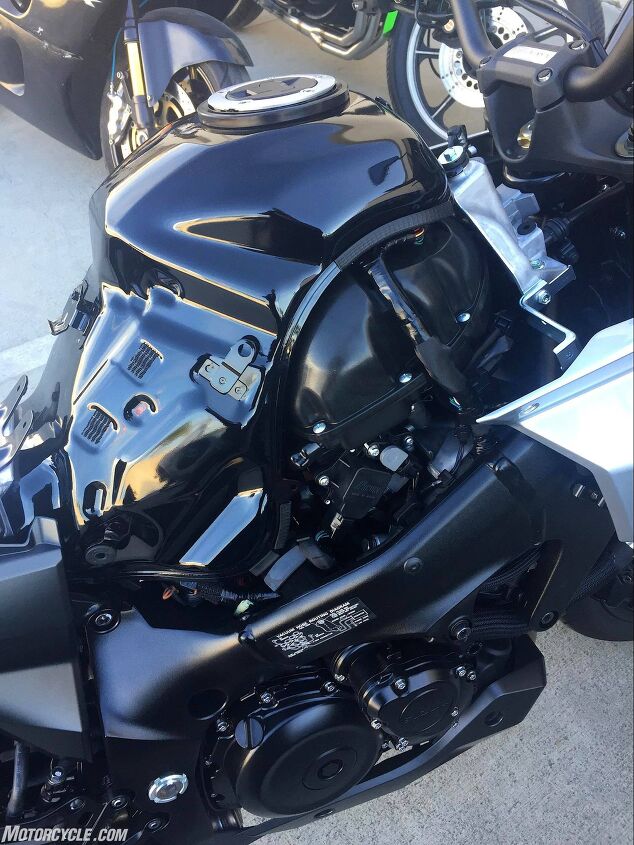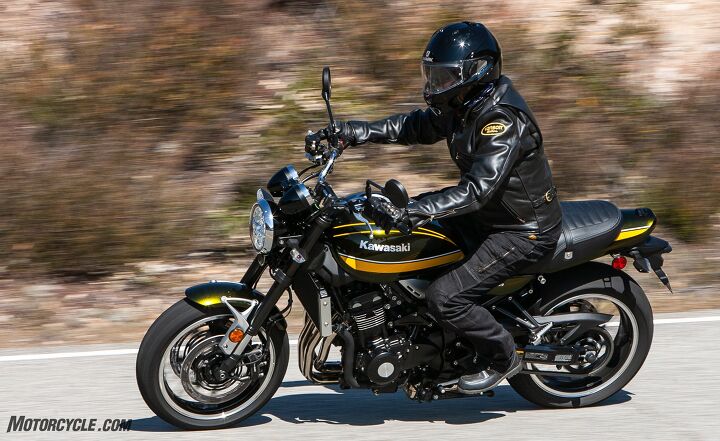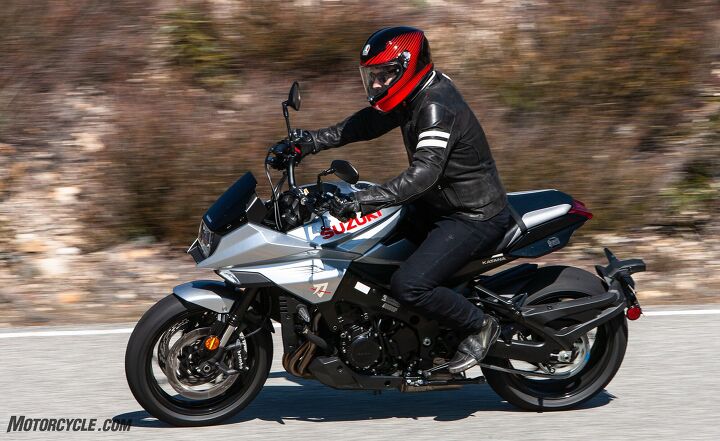Lately, it’s like time travel around here. A couple years ago we put the then-new Kawasaki Z900RS up against the Suzuki GSX-S1000 in a slightly apples-to-oranges comparo, Retro or Not(ro), which the Kawi won by a hair. Now that Suzuki has their own retro based upon the GSX-S in the Katana, we felt like we had to do it again. Our duty.
It’s kind of a generational thing, and a Boomer bonanza, though more enlightened youngsters also appreciate these bikes’ looks. So does Ryan Adams:
I guess I should say somewhere in here that I’ve never been a huge fan of the Z900RS. Looking at last year’s model, all I could think was that it looked like a more mass-produced cheaper version of what Triumph does so well with its modern classic line of motorcycles. It wasn’t until I saw the 2020 model at EICMA, in Candytone Green, that I gave it more than a passing glance. The rich green paint chock-full of gold flake stuns in sun and still manages to look show-stopping in low light. The yellow stripe reaching back to the ducktail fender accents the color superbly.
The original Z1 Kawasaki got here in 1972, but the first one I remember seeing was the striped version of year two production – just like the second-year Z900RS we’ve got here, which caused the eyeballs to fall out of my still-loose 13-year-old head in 1973. In that year, the Beatles might still get back together, flower power was still in full swing, and my long-haired bell-bottomed cohort might be actually changing the world for the better.
Get the Flash Player to see this player.
By the time the Katana appeared in 1981, we’d got straight: Nancy Reagan just said no, John Lennon had been shot dead, Keith Richards was approaching 40, and Gordon Gecko and AIDS were right around the corner. It was time to party in a more hardened, self-centered way, and the Hans Muth-styled Katana was on the cutting edge of hep, like a bike you might see in an MTV video.
Which era do you prefer? 1973 was a kinder, gentler time, and the Kawasaki is a kinder, gentler motorcycle than the Katana. These two couldn’t be a better match for each other on paper, with nearly identical weights, wheelbases and engine architectures – but they’re way different at the same time. The Kawasaki’s seat is about an inch lower, and when you climb onto it, the suspension sags a tad more. Passengers are happy on both motorcycles, but they’re happier farther and longer on the Kawasaki, which has less of a step from rider to passenger sections. Free, bareback love.
You’re sat just slightly more upright on the Kawasaki, which also offers lower footpegs and more legroom than the Katana.
Meanwhile, the Suzuki reflects ten years of evolution, with ergonomics tuned to offset a decade of horsepower gains. You really don’t sample it much when you’re toddling around town, but when you get to the fun roads, the Katana’s dyno chart advantage begins to reveal itself. To counter that, it leans you a bit more into the wind: At 80 mph you’re holding on to the Kawi’s handlebar to keep yourself in place, on the Suzuki your body’s angle of attack offsets the windblast just right. Its vestigial flyscreen blocks about as much wind as the Kawi’s headlight – but the aftermarket’s already after the Katana with a bunch of taller options should you so desire.
Ryan says: On the freeway riding into a headwind, the Z900RS’ lack of wind protection coupled with its upright ergos had me feeling like my head was going to be blown off my shoulders and sent bouncing down the freeway. Although the Katana doesn’t provide much wind protection, the shape of the front fairing and canted forward riding position made the Suzuki much easier to deal with when slabbin’ it.
On the way to where the fun roads begin, the Katana passes a bit more four-cylinder tingle through its grips, footpegs, and seat than the Kawasaki, really only noticeably above about 6000 rpm, and so for most of us, it’s not really a problem. The Kat’s tapered aluminum handlebar is mounted solidly and its footpegs are aluminum sportbike pieces. Its stiffer suspension also conveys bumps to the rider more than the Kawi.
The Kawi’s chrome handlebar, on the other hand, is mounted in rubber, and its footpegs are topped with it; the Z remains serene however hard you flog its 948 cc four-cylinder. You can hear its mechanicals down there working, but you seldom feel it – and the Z’s more compliant suspension better insulates you from life’s bumps.
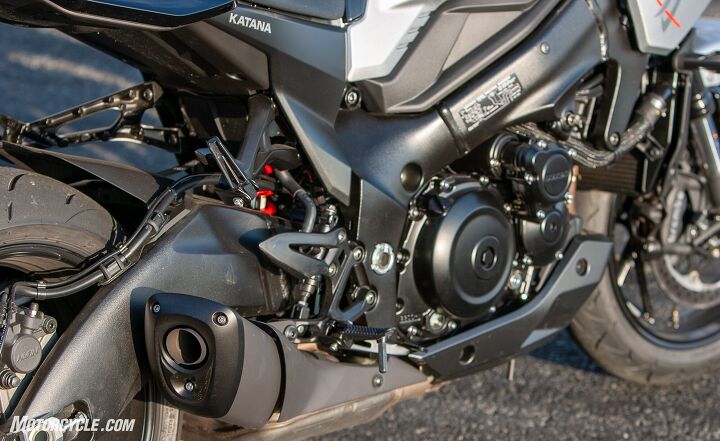
Speaking of hearing things, whatever they did to the Katana’s airbox to accommodate the new bodywork gave its K5 GSX-R1000-derived motor one of the gnarliest four-cylinder howls in recent memory. Addictive, young Ryan called it. Hard to believe it’s legal…
Running on the Backstreets
Backstreets was a song on Bruce Springsteen’s 1975 breakout boomer-anthem Born to Run. On our favorite tightish backstreets, the Kawasaki uses its superior low-rev power to keep up with the Katana, at first anyway, when you’re just getting into it and warming up the tires a bit. Once the cudgels are fully erect and the Katana pilot begins to feel his oats, though, it’s not long before that bike begins to use its firmer suspension, more committed ergonomics – and far superior top-end power to gap the Kawasaki.
Ryan says, The Kawasaki never feels lacking in power around town thanks to its mid-range, it’s only once the pace starts to pick up on canyon roads that you blast through its mid-range into a slightly pallid top end, and that’s just where the Suzuki’s ol K5 motor keeps pulling. The Katana delivers strong torque down low coming into a steady mid-range, then keeps screaming past the Kawi up to its 11,000-something redline.
It’s entirely possible to have an epic blast on our favorite roads without ever exceeding 7000 rpm on either of these bikes, but dropping down a gear in the 138-horsepower Suzuki’s excellent six-speed gearbox, or clutching it a smidge, opens up a realm of Chewbacca-style acceleration the 97-hp Kawasaki just doesn’t possess. The longer the straights, the more the Suzuki says sayonara.
On our short-straight favorite roads, the Kawasaki sticks surprisingly close anyway, even with its softer suspension and sparking footpegs. Inputs need to be a bit more deliberate on the Kawi, but feeding in throttle from closed in those second-gear corners always results in smooth, confident drive off the corner.
RA: The Z900RS’ peg feelers grinding permanent scars into our favorite canyon roads as the pace picked up hint at the Kawasaki’s more relaxed demeanor. The Z900RS will get up and go with its bulgey mid-range, but it begins to be outclassed by the Katana when the pace picks up.
At higher revs on the Suzuki in second gear, reapplying gas usually results in a sudden hit of power – luckily nothing the rear 190/50 Dunlop can’t handle, in the dry anyway. Again, that little bit of throttle abruptness bothers some more than others; dragging the rear brake a bit mostly alleviates it, and the rush of power that flows after the initial hit makes it all seem worthwhile.
Both bikes have rudimentary traction control and ABS, of the non-IMU variety. Now that Suzuki’s gone ride-by-wire on the new V-Strom 1050, which runs excellently, maybe the ol’ SDTV valves will soon be a thing of the past on the Katana too.
Suzuki tells us the Katana shares its inverted fork and shock with the GSX-S1000, the only differences being that the Katana gets 520 ml of oil per fork leg instead of 518 ml, and the standard rear preload setting is 3 of 7 in the Katana instead of 4 of 7: If that’s the case, we have to surmise its superior ride and handling, compared to both the S and the Kawasaki, must be down to the new Roadsport 2 tires Dunlop cooked up specifically for it just last year. These things feel way sportier than the previous-gen Sportmax GPR-300 tires the Kawasaki comes with, as well as the Dunlop D214 tires our last GSX-S1000 wore.
We’re back to the ten years of separation: the Katana’s GSX-R derived twin-beam aluminum frame, aided and abetted by its other components, just generally feels more solid, precise and willing than the Z’s retro steel backbone frame and assorted pieces when it comes to aggressive riding. (Heck, let’s face it. The GSX-S is nearly a modern GSX-R.) And we decided that while you could certainly take the Z900RS to a track day and enjoy a brisk session or two, the Katana would probably surprise you and quite a few other riders with its closed-course competence.
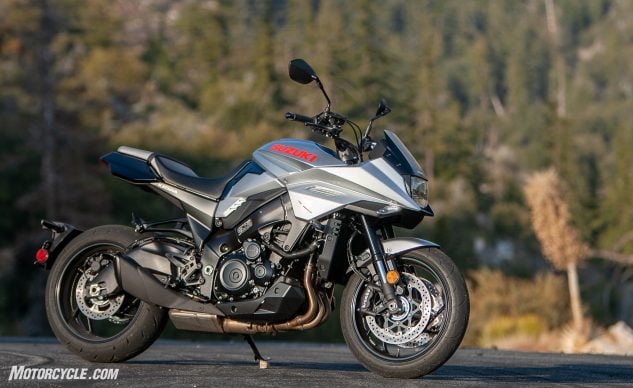
Those low-profile Dunlop Roadsport 2s really help the Katana’s handling chops. (Rock not included.) Ryan says: The Kawasaki’s Dunlop Sportmax GPR-300Fs have a steeper profile which adds to the quick-flick handling of the Z900RS, whereas the Suzuki’s bespoke Dunlop Sportmax Roadsport 2s feature a lower profile which, in turn (hehe), gives the Katana a more predictable sure-footed feeling when leaning the big girl on ’er side.
But that’s not important right now, because obviously there are better choices if track riding is in your future. These are about riding in a slightly more leisurely way down memory lane. Exactly how leisurely is up to you to decide. For rolling down the boulevard, seeing and being seen, the Kawasaki is hard to beat. It only makes 97 horsepower, but it’s also perfectly content to bimble along at just above idle speed in traffic, while you and your passenger enjoy the plush seat, compliant suspenders, and low seat height.
Once parked out front of your favorite spot and listening to the cover band butcher “Free Bird” yet again, you’ll enjoy the envy of all as they gather round to gaze into your metalflake paint and deep chrome appendages. Actually one of my only complaints about the RS is that it’s so nicely finished, it reminds me of an over-restored original Z1. They were never this nice in my day, punk…
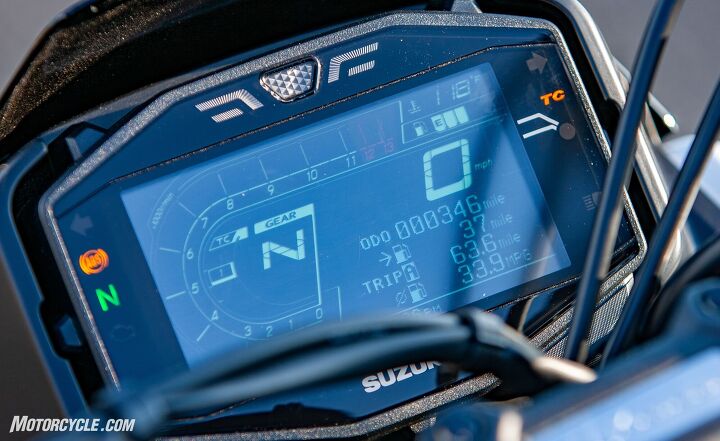
The Katana’s clocks are also cool, but the amount of info on the home screen makes it hard to pick out what time it is. Ryan really likes it though: The Katana’s dash is one of my favorite parts of the bike. The display has a green hue like the original big gray Gameboy’s. The pixelated graphic upon startup, of the Katana logo being slashed by its namesake, makes me grin every time I start it and has made its way onto more than a few of my Instagram stories.
Other than its perfection, there’s really nothing not to like about the Kawasaki, unless you’re still hung up about its 97-hp top end. For the relaxed-fit riding you’re gonna be doing in those mom jeans, though, it hardly matters. Around town the Z900RS ticks all of the boxes a runabout should. Nice mid-range power to squirt through the city is delivered with effortless clutch pull and smooth throttle response, an incredibly well-balanced and nimble chassis gives one the notion it could be the ultimate slow race champion, and upright ergos keep you free to look around as you tiptoe through traffic or cruise off into the sunset down Hwy 1, says Ryan.
Also: I was sure that the wide flat passenger seat of the Kat would earn the praises of passengers where, in fact, it was the Z900RS’ lower more cushy one-piece saddle that left both JB’s favorite friend and my wife happiest.
The Katana is a sharper-edged sword by quite a large margin, but it’s only barely less comfy than the Kawi to ride around upon every day – and if everyday riding includes freeway riding, you’ll like its ergonomics better. The original 1981 Katana was notorious and widely poo-pooed for its clip-on handlebars and torturous riding position; Suzuki went the opposite direction with this homage. In making Italian designer Rodolfo Frascoli’s dream come true, however, they made one really big sacrifice.
Once all that swoopy new bodywork was in place, there was only room for 3.2 gallons of gas. In flog mode, our Katana returned 35 mpg. In normal use, that’ll be more like 40 mpg: Still, not enough range. A serious faux pas on Suzuki’s part.
Still, not serious enough for the Katana not to win this bout by unanimous decision, 269 points to 262. In Objective scoring, the Katana used its superior horsepower to overcome the Kawasaki’s big price advantage. In the Subjective categories, the kid and I both gave the advantage to the Suzuki.
Nostalgia has its place, but when you can have retro, comfort, and 138 horses in a motorcycle that goes, stops, handles, and woos the crowd as well as the Katana, it’s a hard thing to pass up.
| 2020 Kawasaki Z900RS | |
+ Highs
|
– Sighs
|
| 2020 Suzuki Katana | |
+ Highs
|
– Sighs
|
|
John’s In Gear
|
|
Ryan’s In Gear
|
| Scorecard | 2020 Kawasaki Z900RS | 2020 Suzuki Katana |
|---|---|---|
| Price | 100% | 83.0% |
| Weight | 100% | 99.6% |
| lb/hp | 70.6% | 100% |
| lb/lb-ft | 88.1% | 100% |
| Total Objective Scores | 93.1% | 94.2% |
| Engine | 90.0% | 95.0% |
| Transmission/Clutch | 85.0% | 82.5% |
| Handling | 80.0% | 90.0% |
| Brakes | 85.0% | 90.0% |
| Suspension | 85.0% | 90.0% |
| Technologies | 77.5% | 77.5% |
| Instruments | 87.5% | 87.5% |
| Ergonomics/Comfort | 90.0% | 90.0% |
| Quality, Fit & Finish | 87.5% | 85.0% |
| Cool Factor | 85.0 | 90.0% |
| Grin Factor | 90.0% | 90.0% |
| John’s Subjective Scores | 87.1% | 88.8% |
| Ryan’s Subjective Scores | 85.0% | 88.3% |
| Overall Score | 87.5% | 89.7% |
| Specifications | 2020 Kawasaki Z900RS | 2020 Suzuki Katana |
|---|---|---|
| MSRP | $11,199 | $13,499 |
| Engine Type | Liquid-cooled four-cylinder DOHC four-stroke | In-line 4 cylinder, liquid-cooled, DOHC |
| Bore x Stroke | 73.4 x 56.0 mm | 73.4 mm x 59.0 mm |
| Displacement | 948 cc | 999cc |
| Compression ratio | 10.8:1 | 12.2:1 |
| Fuel System | Fuel injection (ø36 x 4) | Fuel injection with SDTV |
| Lubrication system | Forced Lub. Wet | Wet sump |
| Starter | Electric | Electric |
| Ignition system | TCBI with electronic advance | Electronic ignition (transistorized) |
| Horsepower | 97.2 hp at 8700 rpm | 138.4 hp at 10600 rpm |
| Torque | 65.2 lb-ft. at 6600 rpm | 74.4 lb-ft at 9400 rpm |
| Final Drive | Chain | Chain, RK525GSH, 116 links |
| Transmission | 6-speed | 6-speed with back-torque limiting clutch |
| Clutch type (Primary) | Wet, multi-disc, assist and slipper clutch | Wet, multi-plate |
| Frame | Tubular, diamond | Twin-spar aluminum alloy |
| Front Suspension | Fully-adjustable inverted fork, 4.7 inches of travel | 43mm KYB fully adjustable inverted forkforks, 4.7 inches of travel |
| Rear Suspension | Horizontal back-link swingarm with stepless adjustable rebound damping and spring preload, 5.5 inches of travel | Link type shock with adjustable spring preload and rebound damping, 5.1 inches of travel |
| Front Brakes | Dual 300 mm disc, ABS | Brembo radial-mount monobloc calipers, 310mm dics with ABS |
| Rear Brakes | Single 250 mm disc, ABS | Nissin single piston caliper with ABS |
| Front Tire | 120/70ZR17 M/C (58W) | 120/70 ZR17 (58W), tubeless |
| Rear Tire | 180/55ZR17 M/C (73W) | 190/50 ZR17 (73W), tubeless |
| Rake / Trail | 25° / 3.5 inches | 25° / 3.9 inches |
| Seat Height | 31.5 inches | 32.5 inches |
| Length | 83.1 inches | 83.7 inches |
| Width | 34.1 inches | 32.7 inches |
| Height | 46.5 inches | 43.7 inches |
| Wheelbase | 58.1 inches | 57.5 inches |
| Wet Weight (MO Scales) | 474 pounds | 475 pounds (claimed) |
| Fuel tank capacity | 4.5 gallons | 3.2 gallons |
| Ground Clearance | 5.3 inches | 5.5 inches |
| Colors | Candytone Green | Metallic Mystic Silver or Solid Black |
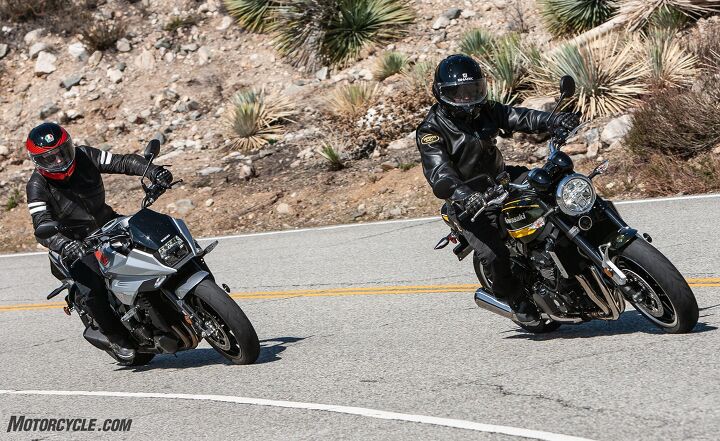
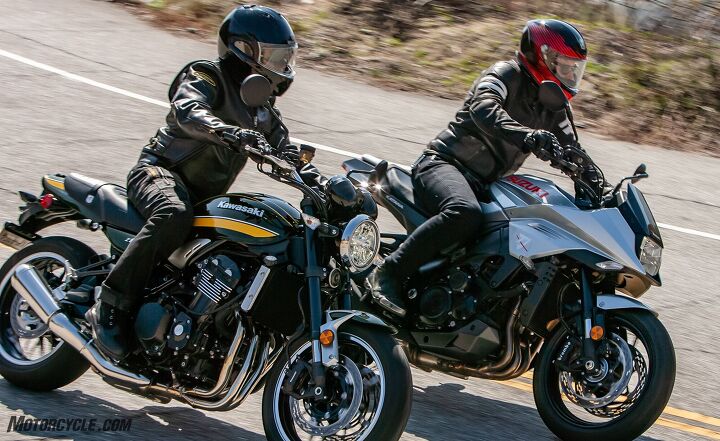
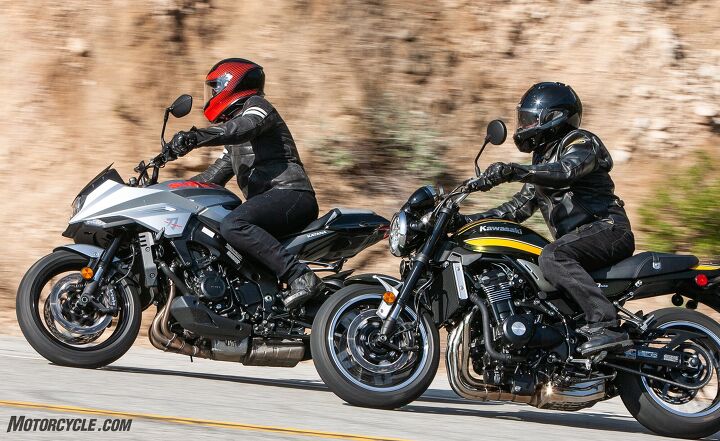
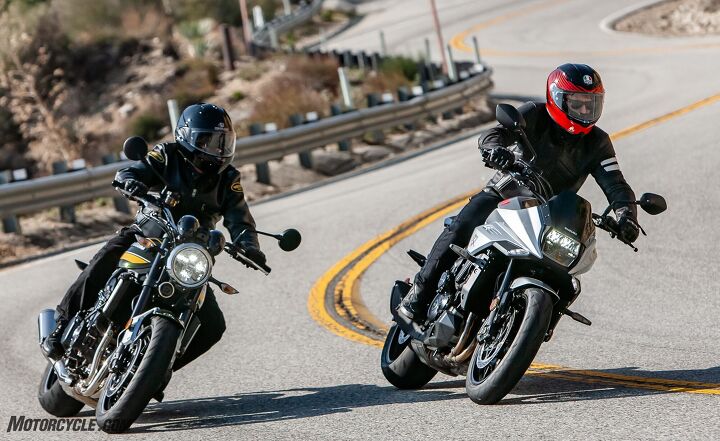
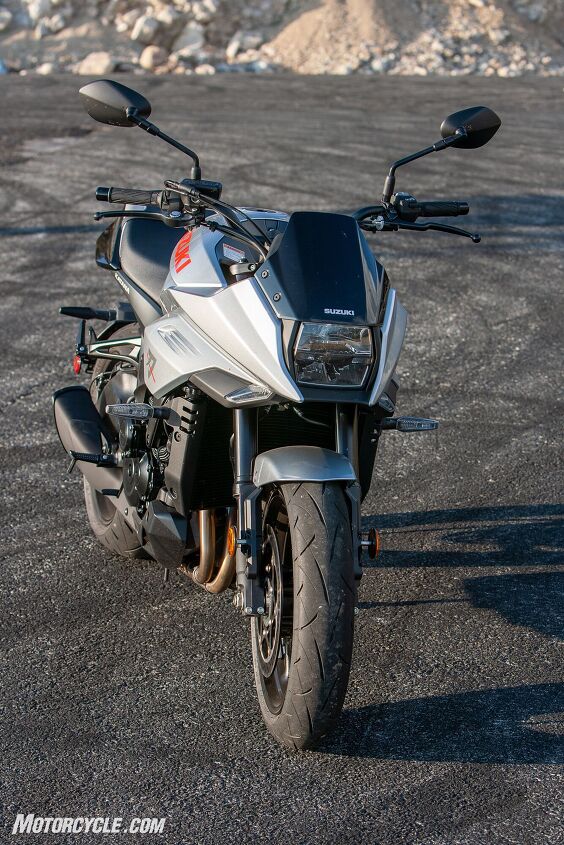
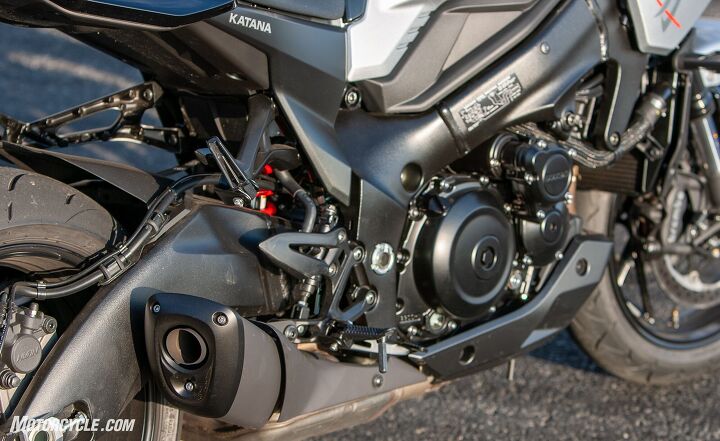
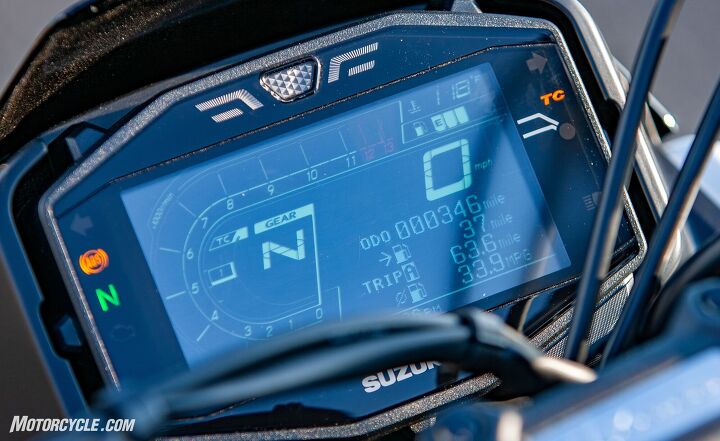
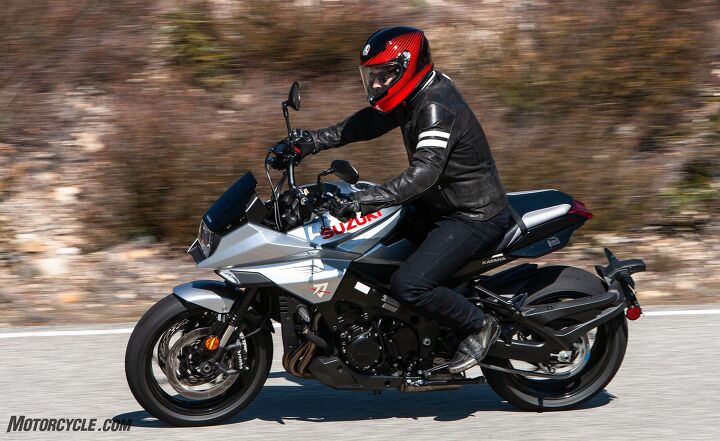
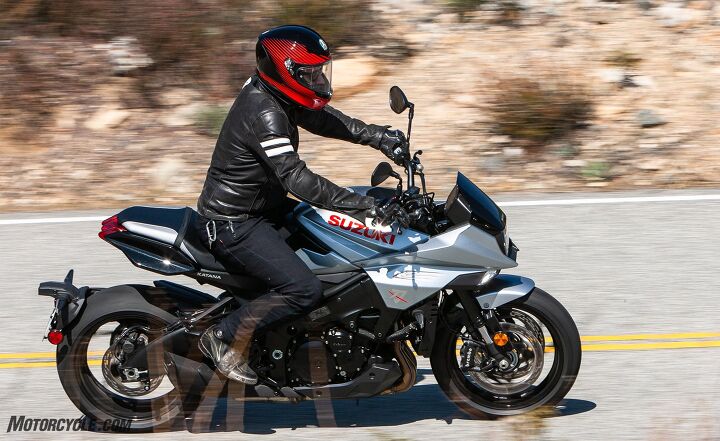
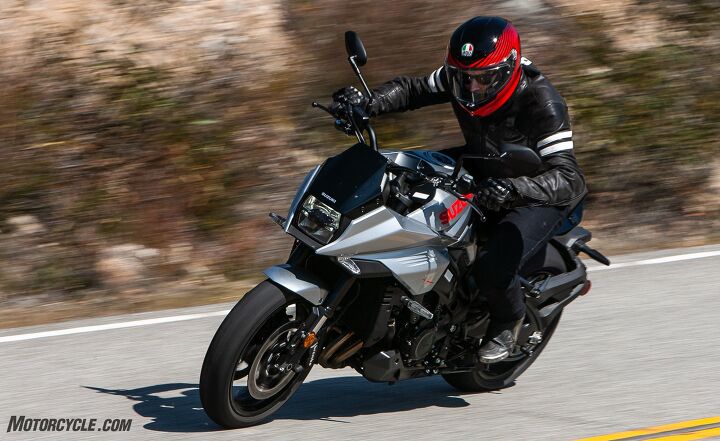
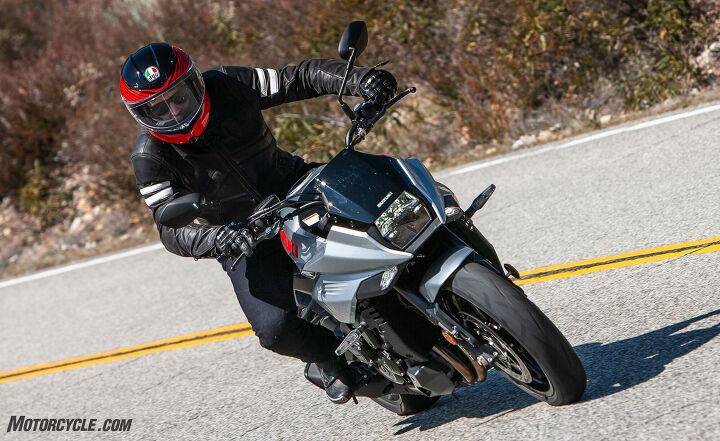
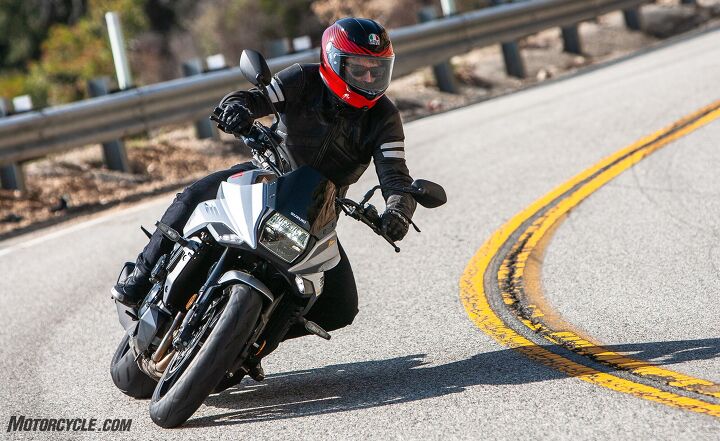
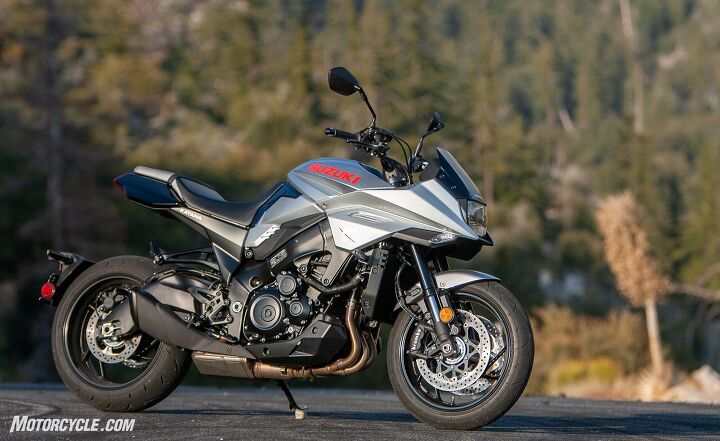
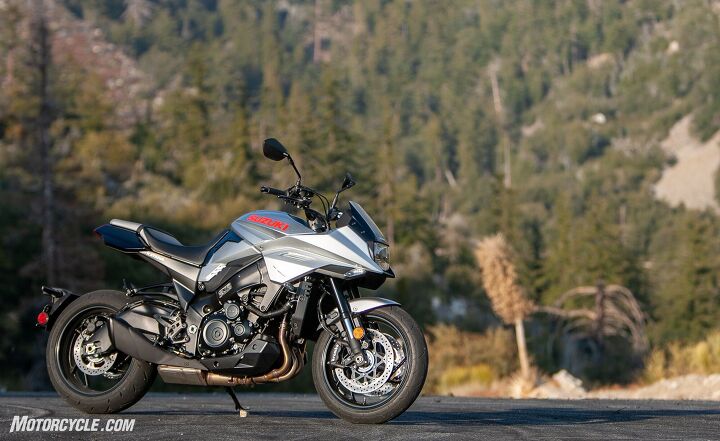
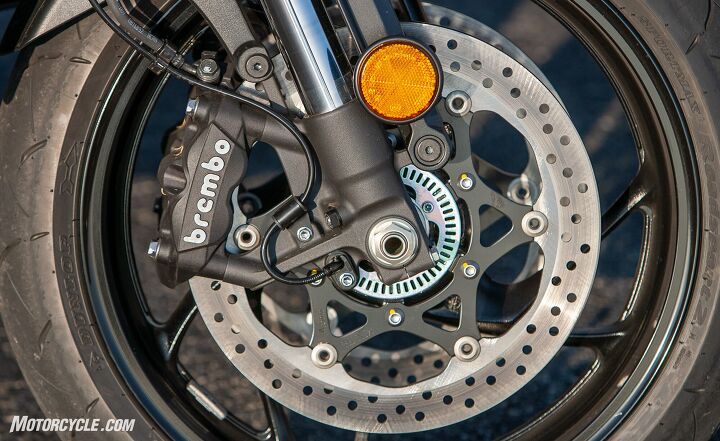
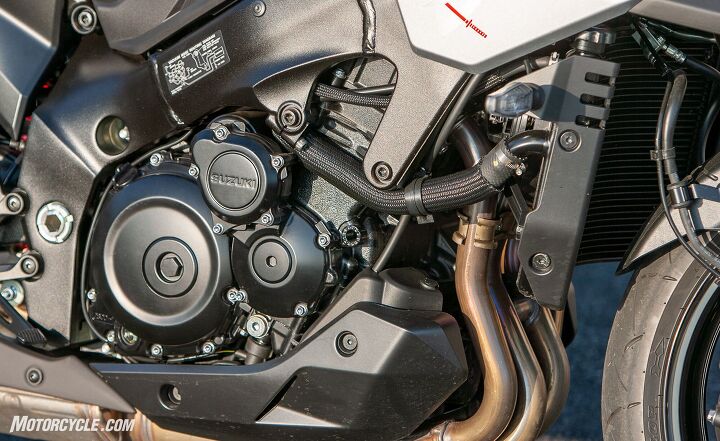
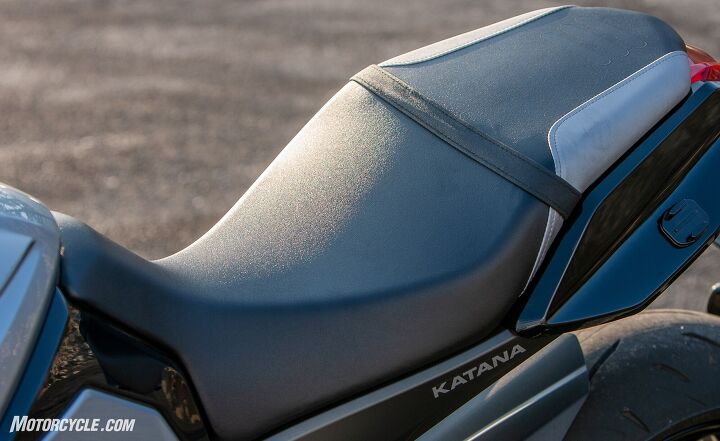
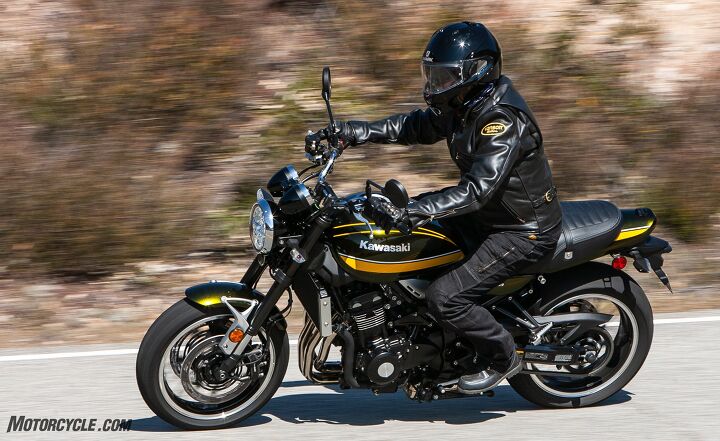
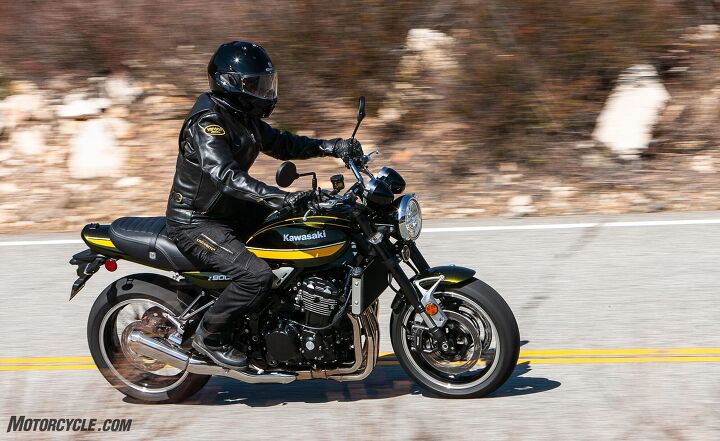
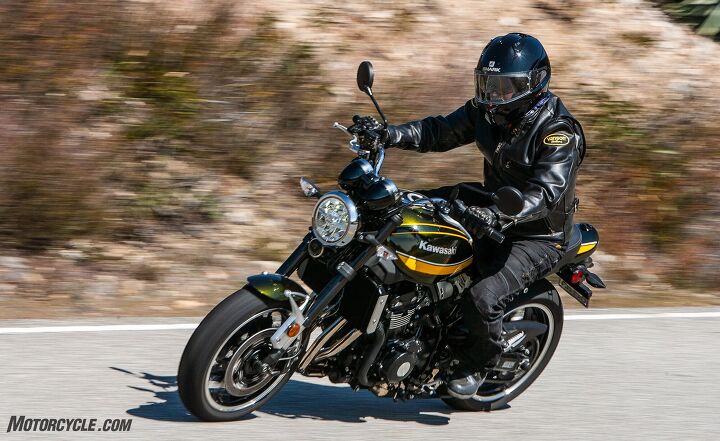
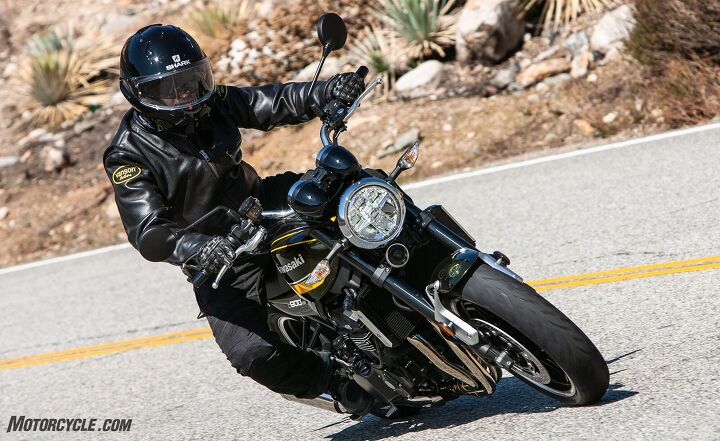
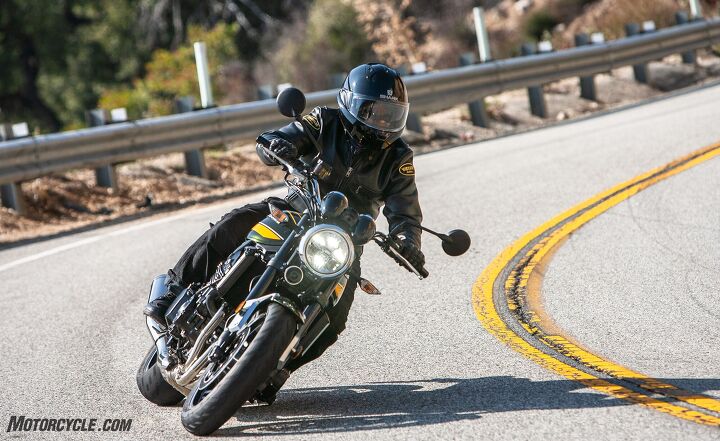
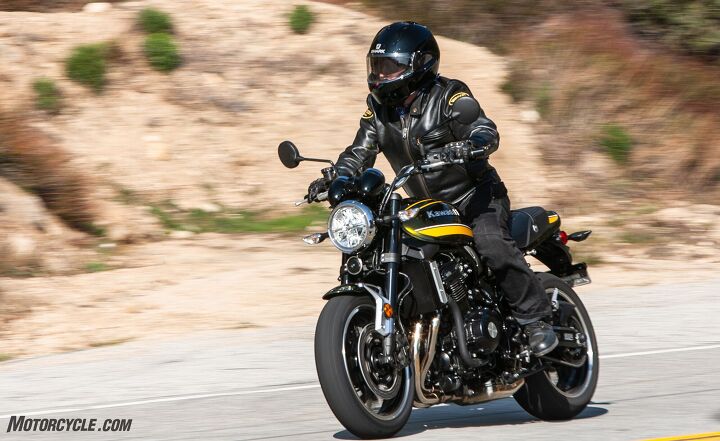
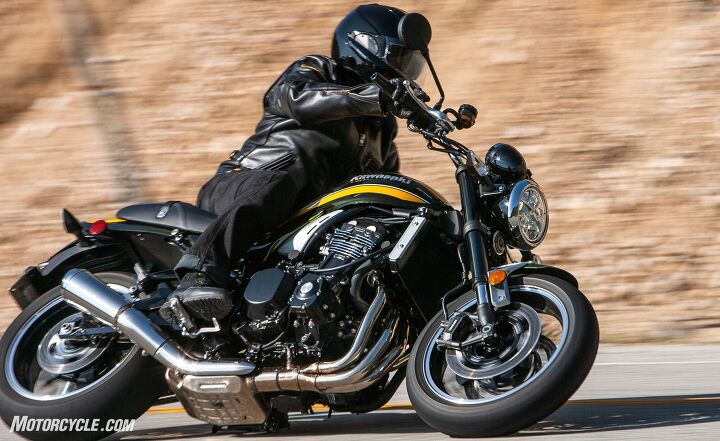
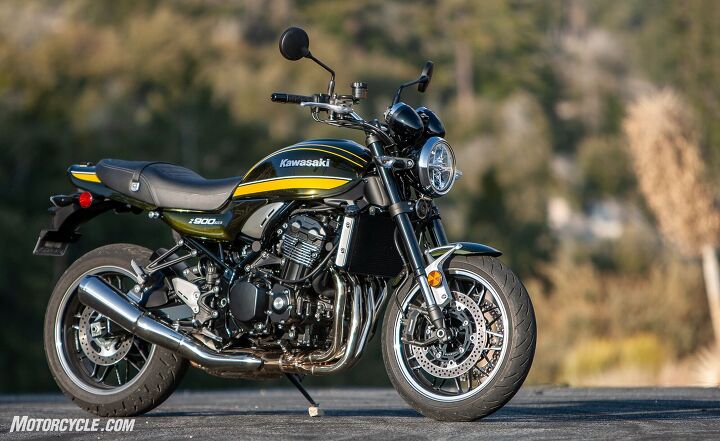
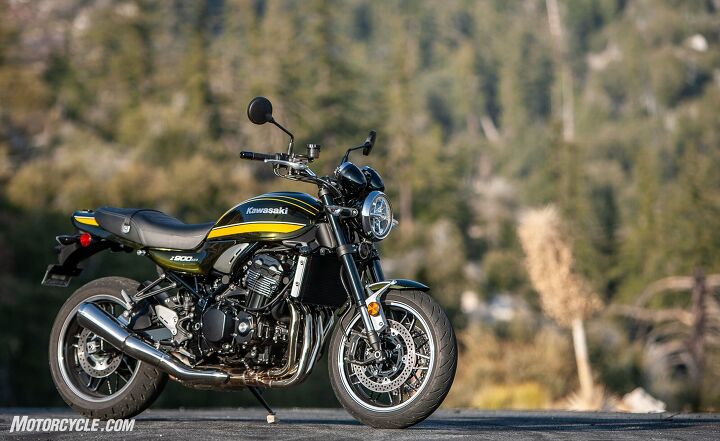
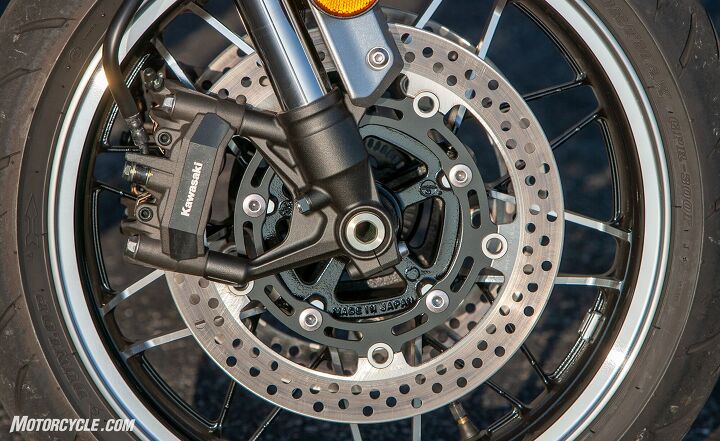
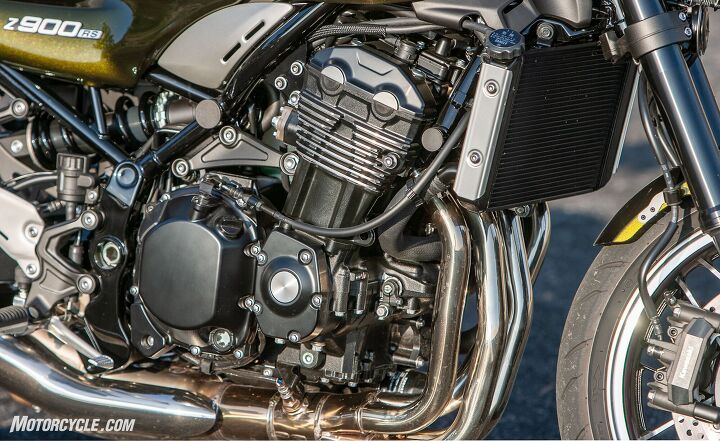
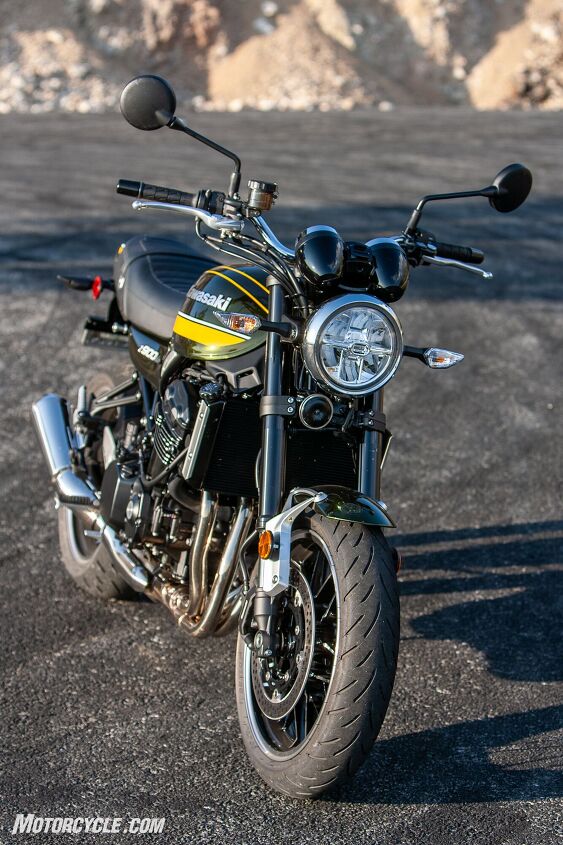
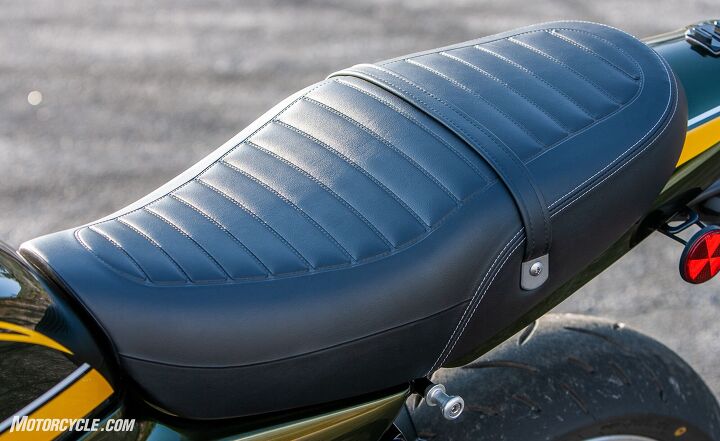
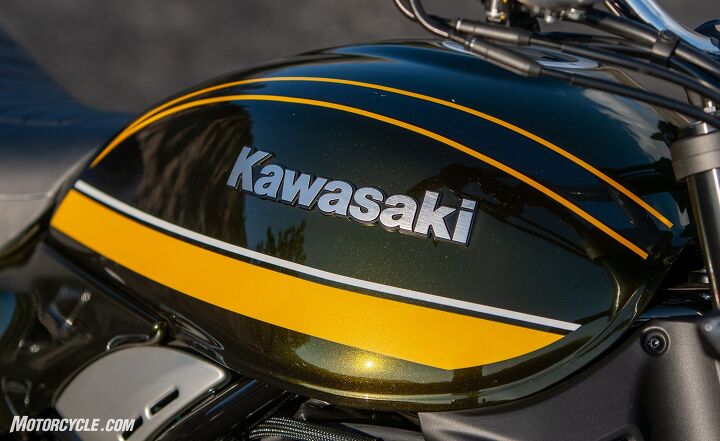
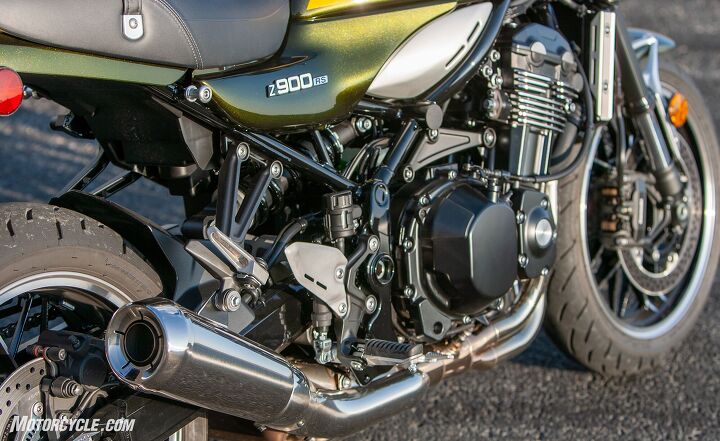
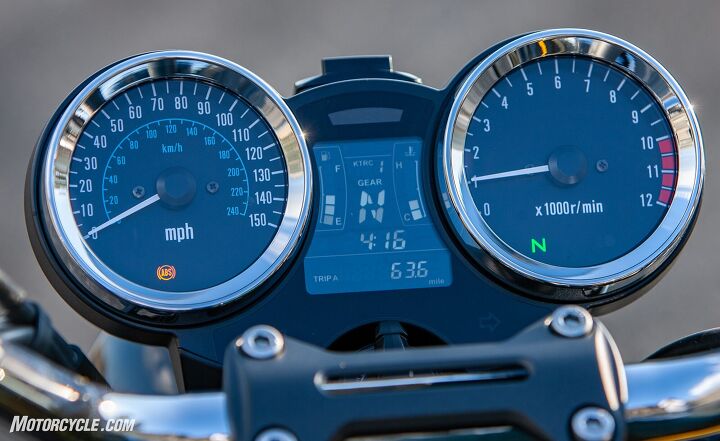
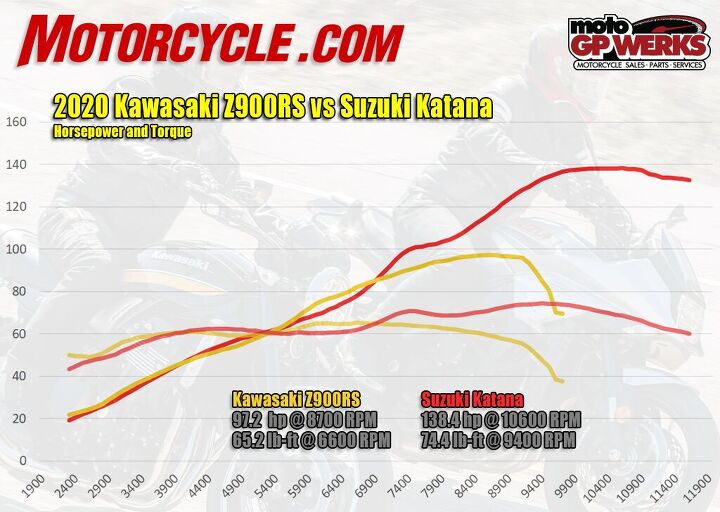
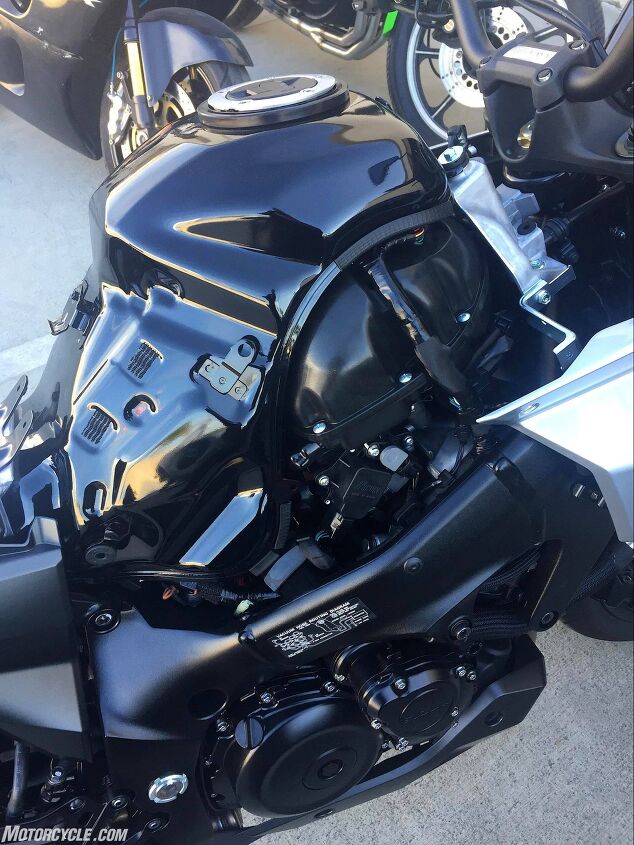
The post Retro Rumble Redux: Kawasaki Z900RS vs Suzuki Katana appeared first on Motorcycle.com.
【Top 10 Malaysia & Singapore Most Beautiful Girls】Have you follow?
